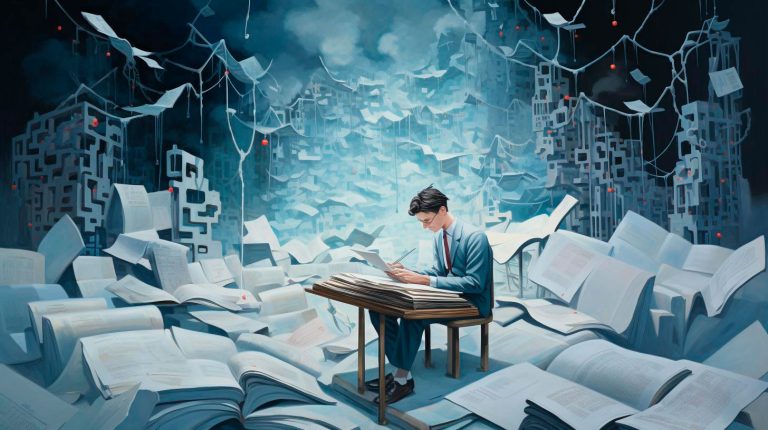One powerful tool that has emerged as a valuable asset in documenting and capturing these field trip experiences is photography. In this article, we will explore the benefits and advantages of using photography as a tool for documenting field trips in experiential learning.
Visual Representation and Recall
Photography allows students to capture moments and visually represent their experiences during field trips. The saying, “”A picture is worth a thousand words,”” holds true when it comes to documenting field trips. Visuals have a profound impact on memory recall, and students can revisit their experiences by simply looking at the photographs they have taken. This visual representation enables a deeper understanding and connection to the subject matter, fostering long-term knowledge retention.
Enhanced Observational Skills
Photography encourages students to develop and refine their observational skills. While capturing images, students must pay attention to details, composition, and lighting, which enhances their ability to observe and analyze their surroundings. This skill not only benefits their photography capabilities but also extends to other areas of their academic and personal lives. Improved observation skills lead to better critical thinking, problem-solving abilities, and attention to detail.
Reflection and Analysis
Using photography as a tool for documenting field trips allows students to reflect on their experiences and analyze the significance of what they have learned. By reviewing their photographs, students can identify patterns, connections, and explore different perspectives. This process promotes critical thinking, fosters self-reflection, and encourages students to develop their own unique voice and interpretation of their field trip experiences.
Engaging Learning Environment
Photography creates an engaging and interactive learning environment during field trips. Instead of merely observing and listening, students actively participate in the experience by capturing photographs. This hands-on involvement enhances their engagement and encourages them to take ownership of their learning. In addition, photography can be incorporated into group activities, allowing students to collaborate, share ideas, and learn from one another, further enriching the learning experience.
Record Keeping and Documentation
Photography serves as a valuable tool for record keeping and documentation during field trips. By snapping photographs, students can document specific details, measurements, or observations that might be difficult to capture in written form. This visual record allows students and educators to revisit and refer to the images whenever necessary, ensuring accurate documentation and reducing the risk of missing crucial information.
In conclusion, photography has emerged as an indispensable tool for documenting field trips in experiential learning. Through visuals, students can enhance their understanding, improve observational skills, and foster critical thinking. It also provides an interactive and engaging learning environment and serves as a valuable record-keeping tool. By harnessing the power of photography, educators can create a more immersive and memorable learning experience for their students during field trips.



















+ There are no comments
Add yours